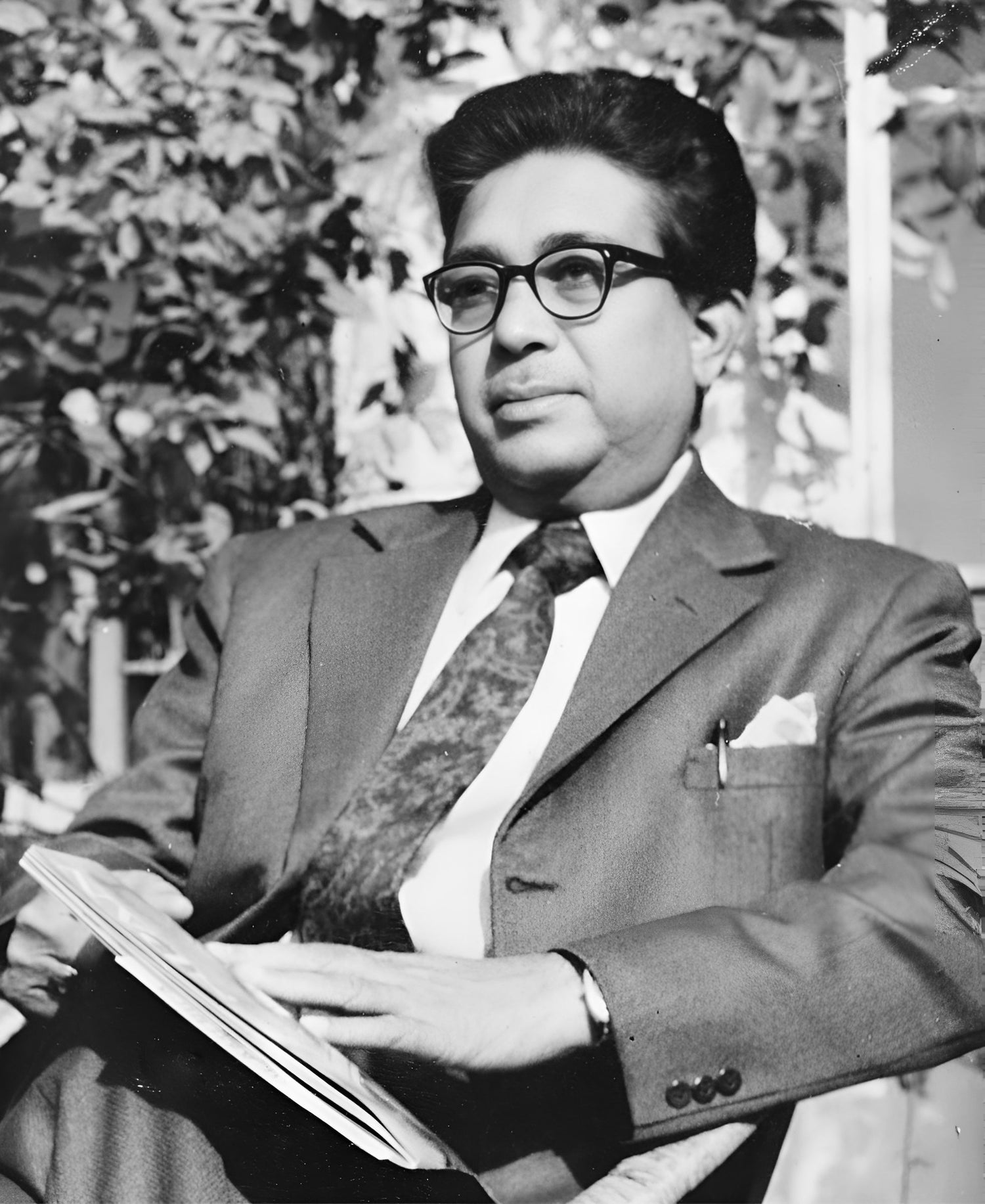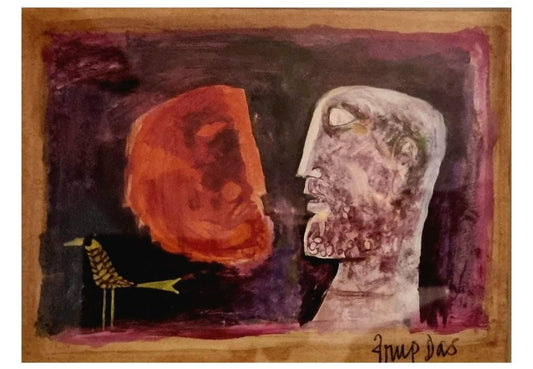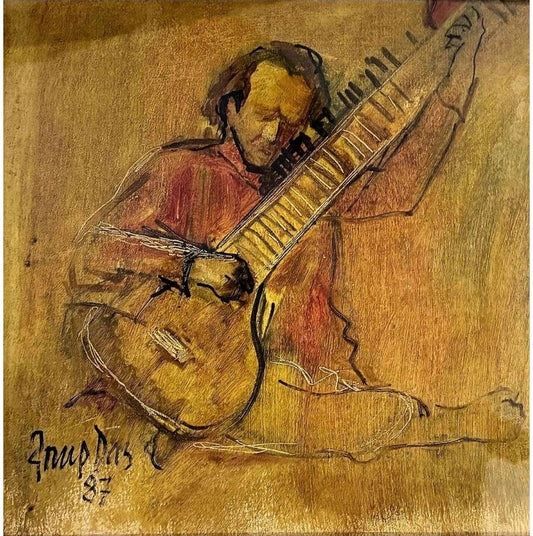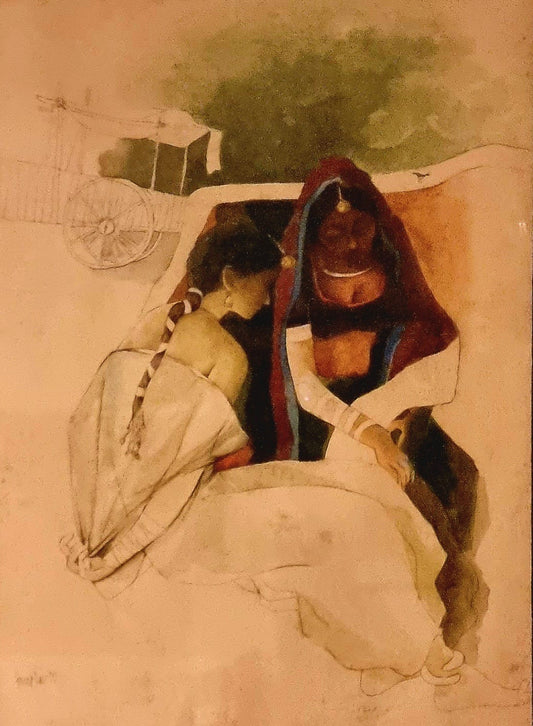
ARUP DAS
Arup Das brought to Indian modernism a deeply felt humanism shaped by observation, cultural rootedness, and painterly intuition. Born in 1924, Das belonged to a generation of artists who forged a distinctly Indian visual vocabulary during a moment of profound national and artistic transformation. His work, spanning decades, is marked by a sensitivity to the rhythms of daily life and a nuanced understanding of social dynamics, rendered in compositions that are at once contemporary and grounded in lived experience.
Equally comfortable depicting intimate village scenes, dynamic human figures, or evocative landscapes, Das developed a style characterized by expressive brushwork and a bold yet refined use of color. His canvases often carry a sense of narrative, figures caught mid-gesture, villages shimmering with quiet vitality, or environments that echo the emotional states of their inhabitants. This ability to infuse the ordinary with lyricism remains a hallmark of his practice. Das's contributions extended beyond formal experimentation; his paintings mirrored the evolving identity of post-independence India. His engagement with modernist idioms did not come at the expense of cultural specificity. Rather, his work exemplified how Indian artists could participate in global conversations while remaining attentive to their own heritage and visual traditions.
The enduring relevance of his work is reflected in its presence across major exhibitions and auctions. A milestone in his market legacy came in 2019, when Untitled (Village) fetched $18,750 at Christie’s New York, setting a new auction record and reinforcing his stature within the global art market. His paintings continue to circulate among collectors, with prices ranging widely, reflecting both accessibility and prestige. Participation in notable exhibitions such as The Monsoon Magic at Chitrakoot Art Gallery, Kolkata, further cemented his place within the narrative of Indian modernism, drawing attention to his ability to evoke atmosphere and cultural memory with clarity and depth. Arup Das remained committed throughout his life to an evolving but grounded practice, balancing innovation with cultural fidelity. His legacy endures in the lasting power of his images, quiet yet impactful reflections of the world around him, and in the influence he exerted on generations of artists grappling with the complexities of modern Indian identity. His body of work continues to invite reflection, affirming his role as a vital presence in the history of Indian art.







